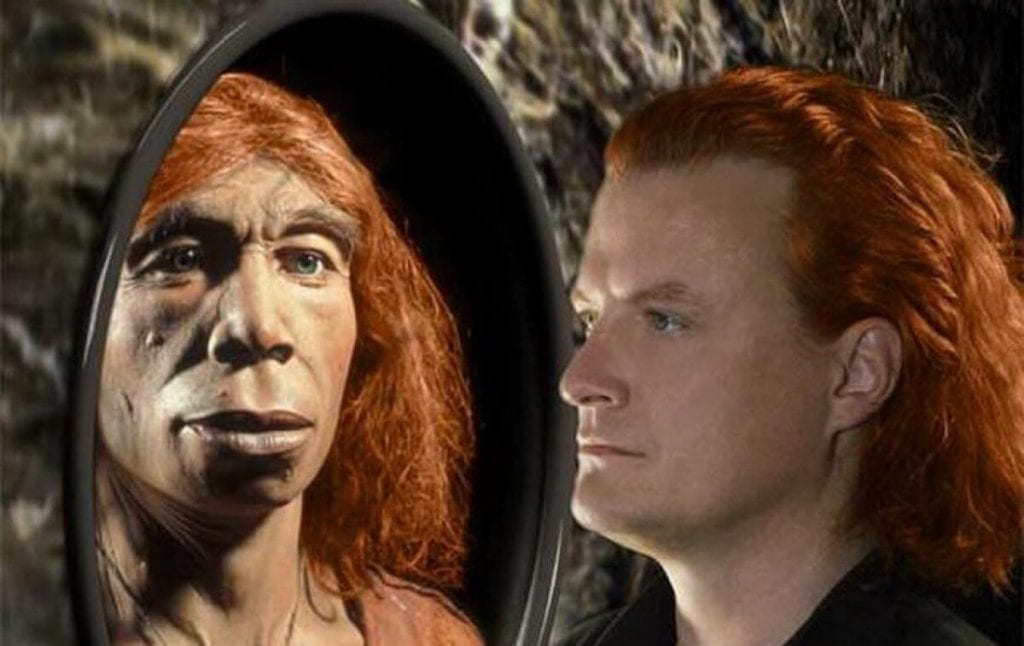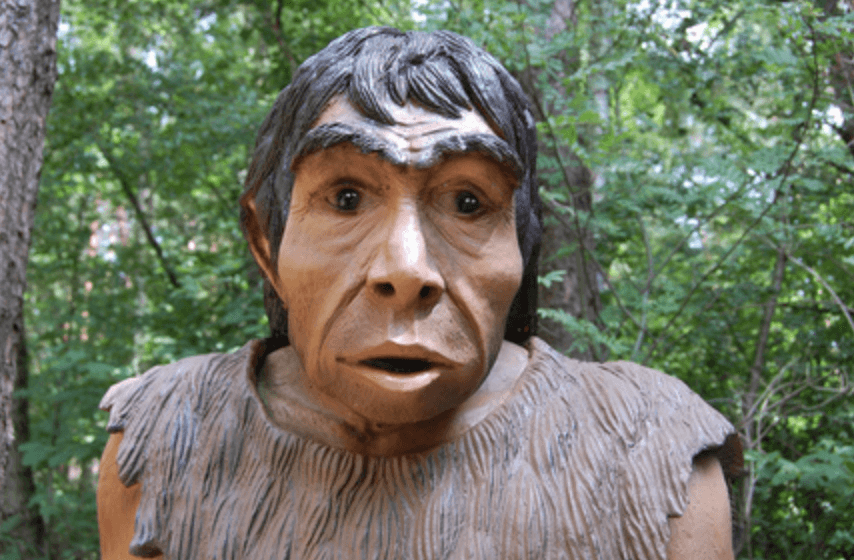New Human Species Discovered in Zambia
A new human species has been discovered in the African country which basically involves the decoding of a skull found in 1921. The human species has been finally tracked 90 years after a human skull was found in Zambia. Nicknamed the Broken Hill Skull, it was discovered by a Swiss miner in Zambia, which was once called Northern Rhodesia.
Confusion with a new human species
For 90 years, scientists didn’t know which human species this skull belonged to. However, thanks to some groundbreaking work done over the last decade, the skull is now officially dated to be about 300,000 years.

Initially, the skull was attributed to the human species, Homo rhodesiensis. However, now, the skull has been assigned to species Homo Heidelbergensis, a human species that covered parts of Africa and Europe around 600,000 years ago.
The Rhodesian man
The skull is a unique one too since it boasts primitive features such as huge brow ridges, a flat forehead and a large face. However, this was an intelligent human species since its brain size is exactly like the one we have.
The discovery also alludes to Charles Darwin’s prediction about humans originating in Africa which is pretty cool since African apes are our closest living relatives based on their genetic framework.
According to Chris Stringer of the Natural History Museum, three different human species ruled Africa 300,000 years ago which also included Homo naledi (South Africa) whose features included traits that would help them climb trees.

“It’s a surprisingly late age estimate, as a fossil at about 300,000 years might be expected to show intermediate features between Homo heidelbergensis and Homo sapiens, but Broken Hill shows no significant features of our species,” said Stringer who is also the co-author of the study.
Did you know that human species (homo sapiens) arrived on earth around 300,000 years ago and actually had to compete with other species for survival?
